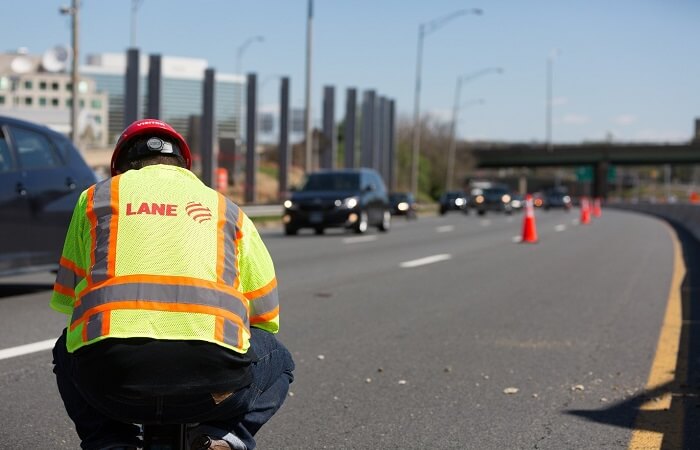Road Work Ahead
Prepare for the unexpected.
Prepare for the unexpected.

Slow Down. Road Work Ahead. Those words are posted on bright orange road signs and message boards signaling the beginning of summer — and road construction season. Such signs are often met with frustration, indicating that our travel plans may be delayed or planned routes adjusted. However, don’t assume those warnings are only meant to protect workers, because motorists are ten times more likely to be killed in a work zone crash than construction workers.
Over the past 10 years, work zone fatalities have increased nearly 44%, averaging an annual increase of 4% a year. During this time, surprisingly only approximately 10% of work zone fatalities were roadside workers struck by a vehicle. The rest were drivers, passengers and other road users.
When you see signs of a roadway work zone ahead, remember to:
You may not realize a tremendous amount of work takes place behind the scenes to ensure that whether driving in Virginia, Illinois or Utah, the roads, signs, pavement markings, curves and pretty much everything else about our driving experience remains consistent. The idea being that motorists should know what to expect, what to look for and how to “read the road.” Roadway construction zones change all those expectations.
Roadwork is essential to keeping our transportation system working well, yet it can change a lot of normal road aspects and what motorists anticipate. Some of the most dangerous work zone operations can result in sharp pavement drop-offs, abrupt alignment shifts and closed lanes. These changes can lead to slower driving speeds and unexpected traffic queues. If you are not paying attention, you could be seriously injured or even killed. Or, it might be your passenger or a roadway worker who pays the price for your neglect. That may sound harsh, but as the statistics show it is a sad reality, and a reality that has been compounded by the COVID-19 pandemic.
The PEW Charitable Trust (a non-profit research foundation) reported in October 2020 that work zone-related crashes and fatalities spiked in some states during the pandemic, despite fewer vehicles on the road. According to PEW, “Travel on all roads and streets dropped 40% in April and 26% in May, compared with last year, according to the Federal Highway Administration. But fatal crashes increased in some states. And while traffic volume has picked back up in recent months, work zone crews still are encountering speeders and more-distracted drivers.”
While federal data on roadway crashes and fatalities for the year 2020 has not yet been published, safety advocates and those in the transportation construction industry fear last year’s numbers may surpass the 2019 peak, even though overall traffic volumes were down significantly. This concern is compounded as many state departments of transportation stepped up construction, repair and maintenance activities to take advantage of lighter traffic during the pandemic.
April 26-30 is the annual National Work Zone Awareness Week, which also falls during Distracted Driving Awareness Month. As we begin the summer — and hopefully a long-awaited vacation season — it is a good time to talk to and remind loved ones of the importance of driving safely, especially when approaching a roadway work zone.
With a century-long legacy, the National Safety Council is a global center for safety expertise. Let's work together to align resources. We look forward to learning about ways we can join efforts to expand safety everywhere!
There are no items in your cart